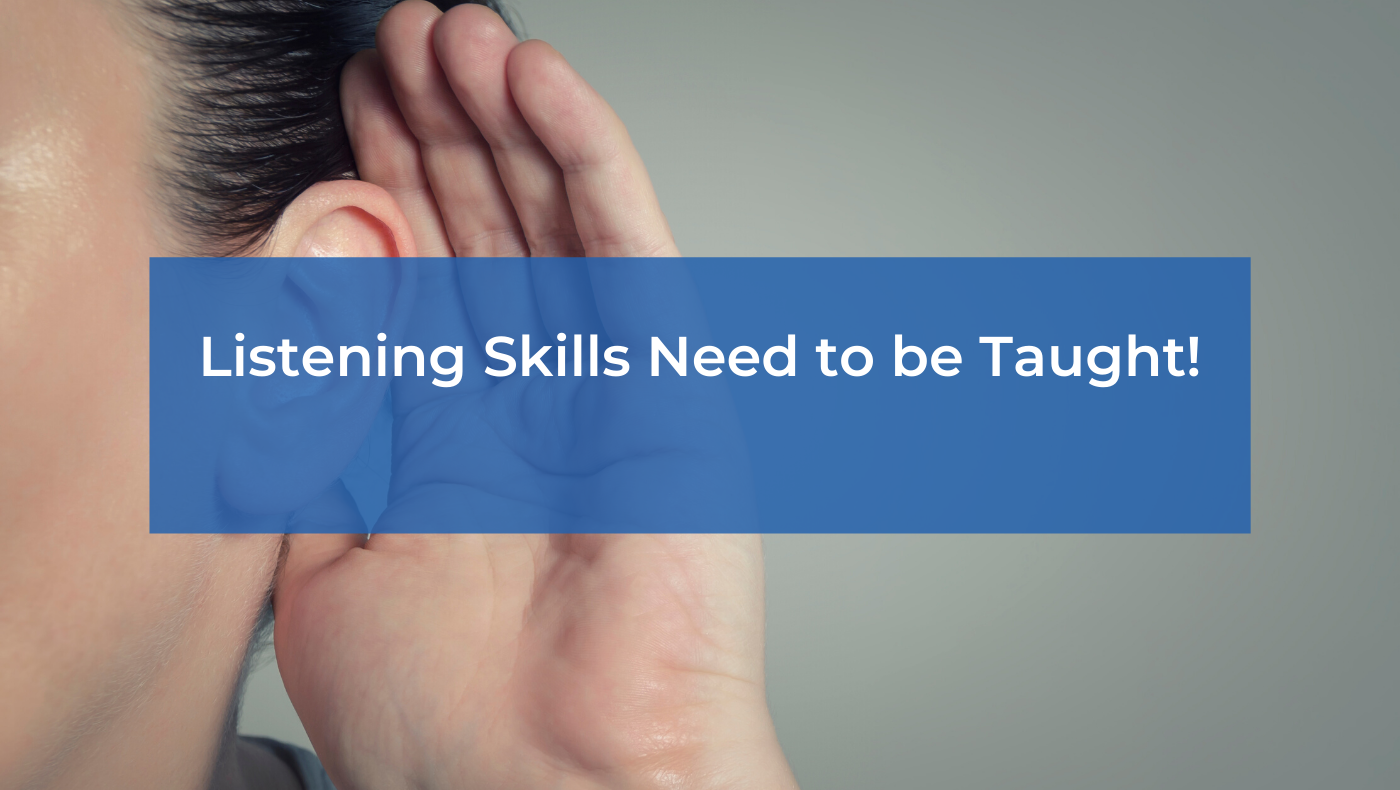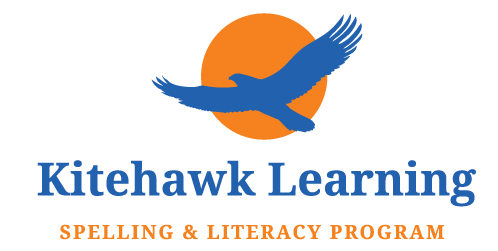
At Teachers College in the 1960’s, our Speech and Drama Lecturer emphasized the need to teach students listening skills. This skill was routinely taught to students through dictation and other listening activities.
When I returned to education as a relief teacher in remote areas after an absence of 30 years, I observed attention spans had shrunk and were almost non-existent in some students,
That should not have been surprising when you see television where hundreds of images flash by in video clips and adverts.
The imperative to teach listening skills is now even greater.
To develop and improve listening and speaking skills, get students to undertake, and also read dictation exercises, in some of the activities below.
Dictation and Listening Activities
General dictation
Try dictating passages from interesting novels, biographies and science articles, etc. Magazines and newspapers can also be a source of topical articles for use in dictation. Students can mark their own work or their neighbour’s work. As well as improving the listening skills, this style of exercise can help flush out ‘core’ or ‘Must Know’ words, and other words that students have not mastered.
Text reconstruction
In this activity, students are paired. One student is required to listen and the other is required to write. The students are read a passage from a suitable interesting text selected by the teacher (or a student). The passage is read at normal speed. One student writes notes, rather than a verbatim record, the other must listen carefully. After the dictated passage is read the two students are required to reconstruct the passage. The passage may be read again by the teacher if required. For variation, or for difficult passages, students can later group themselves into four to further work on reconstructing the passage.
Filling the gap
The teacher can dictate a story leaving out the verbs or adjectives. The teacher can ‘cough’ or say ‘mmmm’ where the word is missing. Then pause to give students the time to fill the gaps with their own words. The whole class can discuss the results.
Dictation with humorous results
The teacher can dictate to the students a list of descriptions of numbered words. The student then writes the chosen answers. For example:
- an adjective that describes a person
- the name of their favourite sportsperson, entertainer or movie star.
- a type of animal
- a verb of movement (not ending with ‘ing’).
i.e., 1. lazy 2. Roger Federer 3. kangaroo 4. fly
The teacher then dictates a short passage with the appropriate gaps. For example:
‘I could see a No 1 (lazy) rider coming along the track through the bush near the beach. As the person got closer I realised it was No 2 (Roger Federer). He was riding a No 3 (kangaroo). He looked awkward and then, suddenly fell off. He got up off the ground and started to No 4 (fly). towards the beach.’
This exercise will get plenty of laughs!
Passing the buck
Use a separate sheet of paper.
The teacher dictates a sentence.
The first student writes the dictated sentence.
The sheet is passed to the student on their right.
The student underlines any mistakes on the paper they receive.
The teacher dictates a second sentence.
The student writes the second sentence.
That sheet is again passed to the student on their right.
The student underlines any mistakes they find in the second sentence and corrects any errors in the first sentence.
Follow with sentences three and four etc.
In the final sentence the student underlines and corrects the errors.
This is followed by a review of the dictation by the whole class.
Note Taking
Students are required to listen to a longer dictated article and take notes to summarise the main points. Science articles, newspaper and magazine articles lend themselves to these activities.
